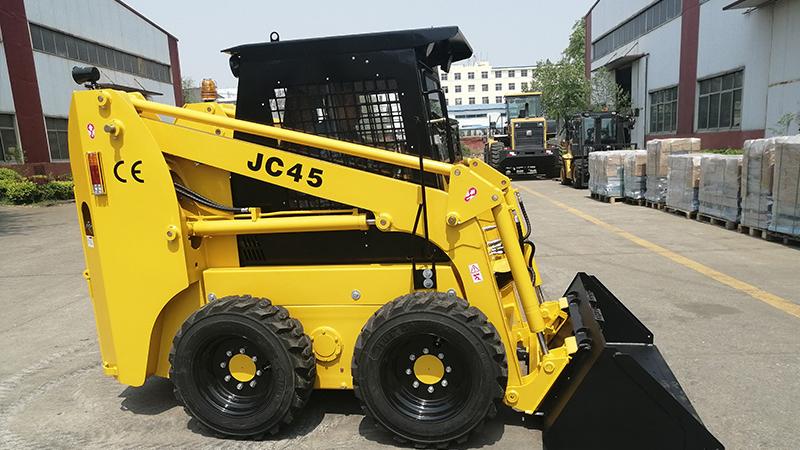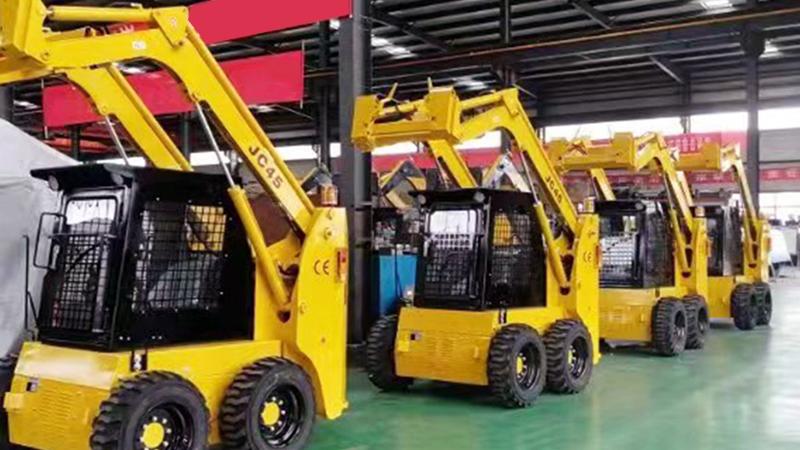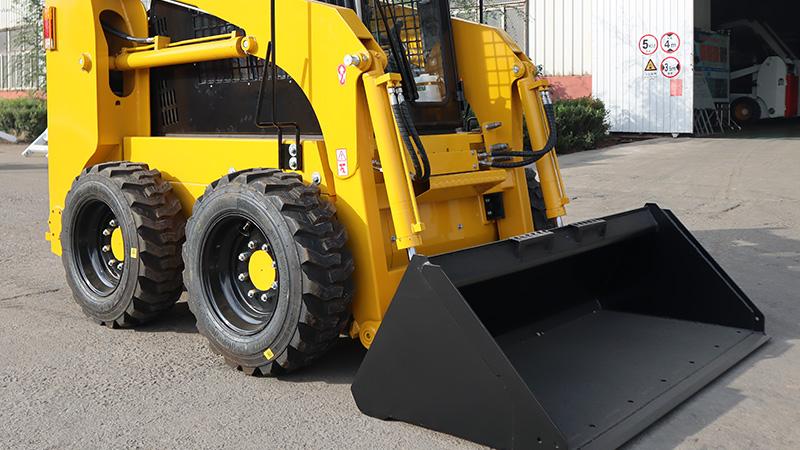The question of whether a novice can easily learn to operate a skid steer loader is a pertinent one in the construction, landscaping, and agricultural industries, where this versatile machine is a cornerstone of productivity. At first glance, the compact and seemingly straightforward nature of the skid steer might suggest a quick learning curve. However, the reality is more nuanced. While the fundamental controls of a modern skid steer are designed to be more intuitive than ever, achieving true proficiency and, most importantly, operating the machine safely requires a structured approach to training and a significant amount of practice. The concept of "easy" must be qualified; the initial act of making the machine move, lift, and tilt its bucket can be grasped relatively quickly by a beginner, often within a few hours under guidance. Yet, mastering the smooth, efficient, and safe operation of a skid steer, especially in complex or confined work environments, is a skill developed over time. This journey from absolute beginner to a competent operator hinges on several critical factors: the quality of instruction, the individual's aptitude and attitude towards safety, the type of control system, and the specific tasks the operator intends to perform. Therefore, while the barrier to entry is lower than with more complex heavy machinery, dismissing the learning process as trivial would be a grave mistake, potentially leading to equipment damage, project delays, or serious personal injury. The key is to understand that operating a skid steer is a skill that blends mechanical control with spatial awareness and sound judgment.
The initial phase of learning to operate a skid steer is overwhelmingly dominated by safety training and familiarization with the machine's core components. Any reputable training program, whether through an employer, a vocational school, or a rental dealership, will prioritize safety above all else. A beginner's first lesson will not be about movement but about the pre-operation inspection. This involves checking fluid levels, examining the condition of the tires or tracks, looking for hydraulic leaks, ensuring the integrity of the quick-attach system for attachments, and verifying that all safety features like the seat belt and the operator presence system are functional. The operator's compartment itself is a critical safety zone; beginners must learn the importance of always entering and exiting the machine correctly, facing the machine, to avoid falls. They are introduced to the critical Interlock Control System, typically a combination of the seat bar (or lap bar) and seat belt, which must be engaged for the hydraulic functions to operate. This system is designed to prevent the operator from being crushed or pinned by the lift arms. Once inside the cabin, the beginner confronts the control system. Modern skid steer loaders predominantly use one of two types of controls: hand controls (ISO pattern) or foot pedals, with hand controls being the industry standard. Learning the hand-control pattern—where one lever controls the left-side drive motors and the other the right-side, allowing for forward, reverse, and skid-steering turns—is the fundamental skill. While the pattern is logical, the initial experience is often one of clumsiness; small, jerky movements can cause the machine to lurch. The beginner must also simultaneously learn to operate the auxiliary hydraulic controls for the lift and tilt functions, usually handled by thumb controls or secondary levers on the main control sticks. This multitasking is the first major hurdle. Under the watchful eye of an instructor, a beginner will typically practice in a wide-open, obstacle-free area, getting a feel for the machine's sensitivity, steering dynamics, and load capacity. This foundational stage is not about speed or efficiency but about building muscle memory and instilling a deep respect for the machine's power.
After grasping the basic controls, the beginner moves into the phase of practical application and skill refinement. This is where the learning curve becomes more pronounced as the operator transitions from simply moving the machine to using it as a productive tool. The challenge shifts from "how do I make it go?" to "how do I make it perform a specific task smoothly and efficiently?" A common starting point is learning to maneuver with a load in the bucket. This involves understanding the machine's stability and the center of gravity, both of the skid steer itself and of the load it carries. Beginners learn to keep the load low while traveling to maintain stability and are taught never to turn sharply or travel at high speeds with a raised load. The next level of complexity involves mastering basic tasks like digging, loading, and backfilling. These actions require a coordinated dance between the drive controls and the lift/tilt functions. For example, to dig effectively, the operator must approach the pile, tilt the bucket correctly, use the machine's traction to curl the bucket, and then lift and retreat smoothly. What seems simple in description requires immense practice to execute without jerky movements that waste energy and strain the machine. A significant part of this intermediate stage is developing spatial awareness. Unlike a car, a skid steer operator often works in reverse and has a limited field of vision, especially with a raised load. Beginners must learn to constantly use their mirrors, and more importantly, to develop the habit of looking in the direction of travel. Many modern machines are equipped with rear-view cameras to mitigate this challenge. Furthermore, this stage often introduces the operator to the incredible versatility of the skid steer through its various attachments. Swapping the bucket for a pallet fork, a grapple, or a sweeper introduces new operational dynamics and safety considerations. Each attachment changes the machine's operating characteristics and load capacity, requiring the operator to adapt their techniques. Practice in a controlled environment is essential for building the confidence and competence needed to handle real-world job site pressures.
The final consideration in a beginner's journey to operating a skid steer is the path to long-term proficiency and the potential for certification. The notion of "easy" is fully dispelled when considering the demands of a professional work environment. A beginner who has mastered basic maneuvers in a field will face a completely different set of challenges on a busy construction site with uneven terrain, overhead obstacles, close proximity to other workers and structures, and tight deadlines. Operating a skid steer efficiently in these conditions is a mark of a seasoned professional. It requires not just mechanical skill but also constant situational awareness, risk assessment, and planning. For those pursuing a career as an operator, formal certification is often recommended or required. Organizations such as the National Commission for the Certification of Crane Operators (NCCCO) offer accredited programs for skid steer operators. These programs involve rigorous training that covers advanced operational techniques, complex load handling, and intensive safety protocols, culminating in written and practical examinations. Certification validates an operator's skills and knowledge, making them more valuable in the job market. Ultimately, the answer to the original question is layered. A beginner can learn the fundamental operations of a skid steer with relative ease, given proper instruction and a safe environment. The intuitive nature of modern controls lowers the initial barrier. However, becoming a truly skilled, safe, and efficient operator—one who can maximize the productivity of the skid steer across a wide range of tasks and attachments—is not easy. It is a professional competency that demands dedication, continued practice, and a unwavering commitment to safety. The journey from novice to expert is a process of transforming conscious effort into subconscious skill, where the operator no longer thinks about the controls but about the task at hand, seamlessly directing the machine as an extension of their own body.
Post time:Sep.26.2025



